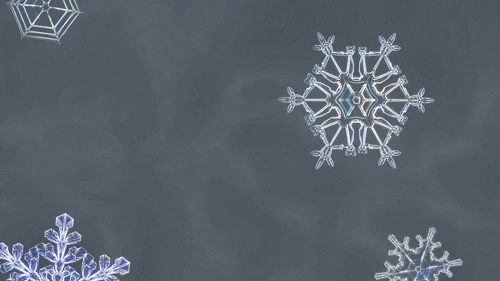What is an Airdrop?
An airdrop is when the creators of a crypto project (like an NFT series) distribute digital assets to select digital wallets.
Project creators do this for reward or promotion. Sometimes, they select early-adopters to honor loyalty and strengthen community or influencers who might bring interest to the project.
A project may create its own token for the airdrop or issue notable tokens such as Bitcoin, Ethereum, Polygon, or Solana.
Like a snowflake, each airdrop is unique. The details of the token distribution is determined by the project creators.
Airdrop Examples
Here are some examples of airdrops to give a good sense of how they have been used.
Larva Labs, creator of CryptoPunks, launched the NFT project via an airdrop. Anyone willing to pay the gas fee was eligible to claim an NFT. Now they are all valuable.
Here’s a brilliant video from 2018 detailing the project and the disbelief that a CryptoPunk sold for $5,000 in the secondary market.
Last Fall, Ethereum Name Service airdropped $ENS tokens to early ENS-domain holders.
An ENS-domain is a naming protocol that simplifies a user’s crypto address into a single domain, sorta like an email address for Web3 with more functionality.
If you owned an ENS-domain (.ETH address) before 10.31.2021, you were eligible to claim $ENS tokens.
The amount of tokens available was determined by the age of the .ETH address, the registration duration of the .ETH address, and the total amount of .ETH addresses one owned.
Here’s a great overview of the ENS airdrop via Bankless.
In 2020, Uniswap, an ethereum-based crypto exchange, airdropped governance tokens (UNI) to early-adopters.
The exchange offered 400 UNI to ~12,000 ETH addresses that previously used the protocol.
Here’s Uniswap with more info.
These examples really give you a glimpse at the organic growth and strength of the Web3 community.
We love to see it.
Future Airdrops
The future lies in the eyes of the airdropper.
Presently, we are witnessing emergent uses of the technology, and we’ll likely find continued iterations.
This is the seventh installment in The Osprey Crypto Made Simple Series where we describe a concept clearly and concisely. If there’s something you would like us to define, please reply to this Newsletter email or, if you are reading this on the web, hit us directly at riley@ospreyfunds.io.

